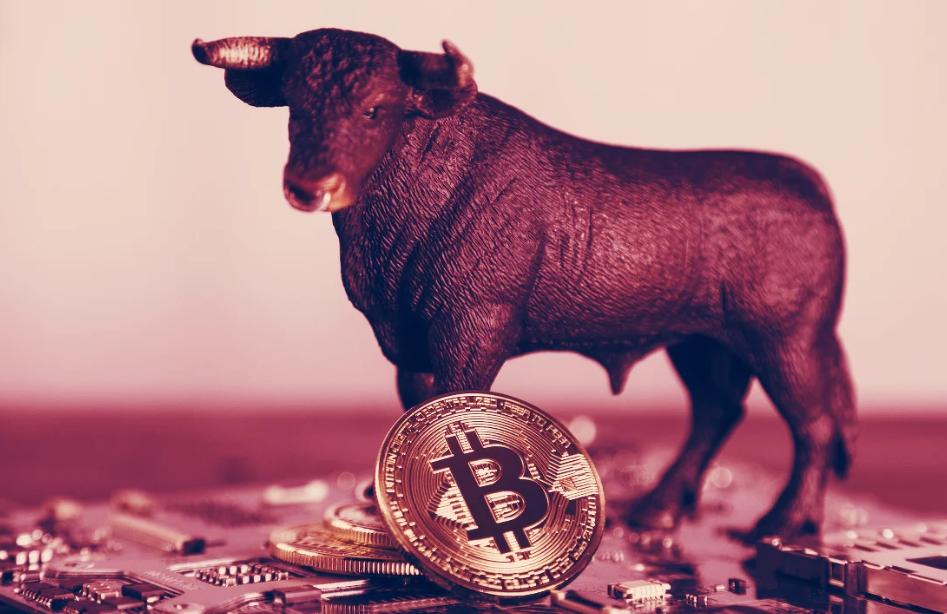Is the cycle of Bitcoin consistent with other cryptocurrencies?
This article was published in Crypto Valley Live, author: Edgar Moraes, translation: Li Hanbo.
The Altcoin cycle is a distinct cycle in the cryptocurrency market, often used to enable professional traders to achieve incredible income. Typically, market trends follow the Bitcoin cycle to the Altcoin cycle.
However, beginners find it challenging to acquire the complex knowledge required to identify when to buy and sell Altcoins.
In this context, we developed a model based on linear combinations, utilizing the market capitalization of the three most important Altcoins and subsequent data processing, to predict the Altcoin cycle (2020-2023) through the R statistical platform.
Altcoin Wave Data Processing
There are many early Altcoins, but I am not interested in those with only one wave. At times, I considered giving up, but my wife told me never to give up. To be honest, this cycle is even more uncertain than the Bitcoin wave cycle. But let's give it a try.
Using only one segment (2016>2020) of the top 3 Altcoin market capitalizations (Ethereum - ETH, Cardano - ADA, and Binance Coin - BNB), as shown in Figure 1.
 Figure 1. Top three Altcoin market capitalizations -- First Wave
Figure 1. Top three Altcoin market capitalizations -- First Wave
Data prices are extracted from Coin Metrics, from 2016 to 2021. Considering only the 1st wave, the maximum Altcoin market capitalization day occurs approximately 546±12 days after the Bitcoin halving (2016-7-09), with 95% confidence. The 2nd Altcoin wave (2020-2021) is used to test the model.
Altcoin Wave Model
The Altcoin wave model provides an opportunity to study the important topic of the Altcoin market, as many people buy Altcoins and then wait for them to take off, but the market actually occurs in waves. According to the Bitcoin wave hypothesis, the future waves can be predicted by approximating them as a linear combination of the previous wave, thus establishing the Altcoin wave model.
Using the Bitcoin 1st wave (2010 > 2012) to predict the Bitcoin 2nd wave (2012 > 2016) through the Bitcoin wave model, the cosine similarity is 83.98%. Thus, combining the waves of the top 3 Altcoins by market capitalization forms the 1st Altcoin wave (Figure 2).
 Figure 2. The 1st Altcoin Wave. ETH (green), ADA (blue), and BNB (orange)
Figure 2. The 1st Altcoin Wave. ETH (green), ADA (blue), and BNB (orange)
Figure 3 shows the processing and prediction of the Altcoin wave model in the current scenario (2021). Due to sampling (only one sample, please forgive me), the model cannot provide evidence of its reliability and validity, with a cosine similarity of 89.07%. This is a hypothesis (Altcoin wave) of a hypothesis (Bitcoin wave).
 Figure 3. Altcoin wave model (blue) and actual data predicted for 2021 (red).
Figure 3. Altcoin wave model (blue) and actual data predicted for 2021 (red).
Finally, using the derivative test proposed in the previous text [8] to find the selling timing, as shown in Figure 4.
 Figure 4. All Altcoins market capitalizations with the 2nd derivative scaling (auto-scaling)
Figure 4. All Altcoins market capitalizations with the 2nd derivative scaling (auto-scaling)
The first important information in Figure 4 is that at the optimal selling moment, the 2nd derivative is very negative. In other words, according to the model's prediction, the best time to sell Altcoins after the May 2020 halving will be on a day between 2021-06-08 and 2021-07-07 (possible profits: between +450% and +1400%), but this depends on the matching of the Bitcoin wave model with the maximum price date of Bitcoin. Again, this is not financial advice; it is a simple model and an opportunity to test this hypothesis of a hypothesis.
Conclusion
The model reported here provides an explanation of the Altcoin cycle between the 3rd and 4th Bitcoin halvings based on data from Ethereum, Cardano, and Binance Coin. By studying this topic, both beginners and professionals can gain a general understanding of the Altcoin market.











